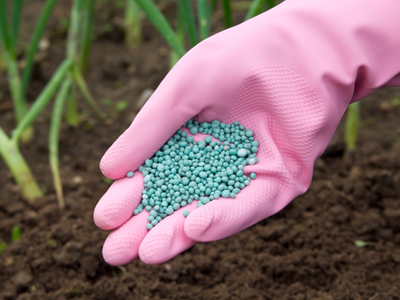

Production of Ammonia 2
The production of ammonia is one of the important industrial processes that you need to know about for your GCSE Chemistry exam. Ammonia is used to make many other materials such as nitric acid, explosives, nitrogen containing organic chemicals and fertilisers. Without the fertilisers made using ammonia, the world would probably not provide enough food to support the human population. It is used directly in many other products and processes including industrial fermentation and household cleaning products.
Fritz Haber, the man who invented the Haber process for production of ammonia, was a talented chemist. If you study A-level chemistry, you will come across him in several places. He was married to a very accomplished scientist, Clara. Unfortunately at the time, women's achievements were rarely acknowledged and she did not get any credit for the help she gave her husband in his work. Her husband was involved with the development of chemical weapons and is sometimes referred to as the 'father of chemical warfare'. Clara was staunchly opposed to this and committed suicide shortly after the first use of poisonous gas in World War I.
RHS: 4
RHS: 2
RHS: 4
RHS: 2
Ammonium hydroxide + nitric acid ? ammonium nitrate + water
Ready for more?
not all...
quizzers. Try to win a coveted spot on our Hall of Fame Page.






